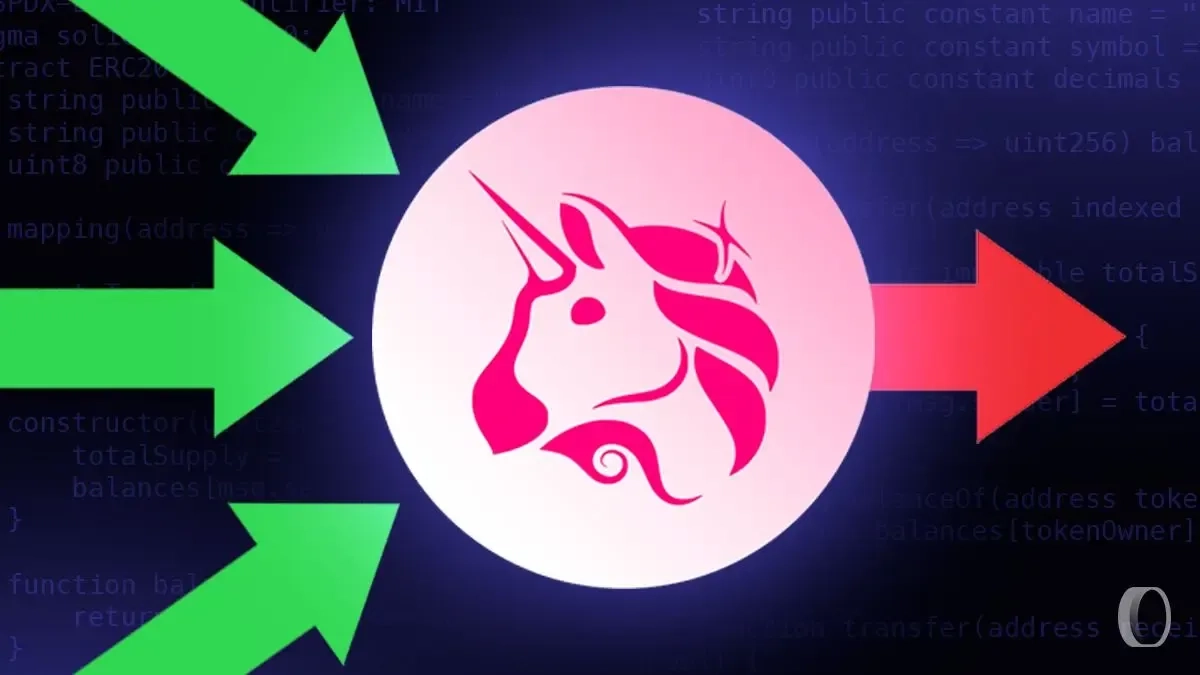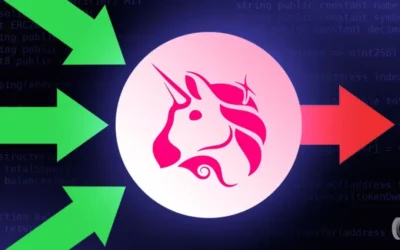The Evolution of Uniswap Exchange: Key Features and Benefits

The cryptocurrency industry has experienced exponential growth over the last decade, introducing a wide range of decentralized technologies that aim to eliminate intermediaries in financial transactions. Among these innovations, decentralized exchanges (DEXs) have emerged as crucial platforms for facilitating trustless trading of digital assets. One of the most prominent and influential DEXs in the crypto ecosystem is the Uniswap exchange. Since its launch, Uniswap has revolutionized the way users trade cryptocurrencies, offering a unique and efficient alternative to traditional centralized exchanges.
Origins and Development of Uniswap Exchange
Uniswap exchange was introduced in 2018 by Hayden Adams, a software engineer motivated by the desire to create a fully decentralized trading platform. Unlike conventional exchanges, which rely on order books and intermediaries to match buyers and sellers, Uniswap operates using an automated market maker (AMM) model. This model leverages liquidity pools, allowing users to trade directly against these pools rather than relying on counterparties. This innovation fundamentally changed the dynamics of cryptocurrency trading by making it more accessible and reducing dependency on centralized platforms.
Over the years, Uniswap exchange has gone through several iterations, each improving its functionality, efficiency, and user experience. The launch of Uniswap v2 introduced direct token-to-token swaps without the need for an intermediary like Ethereum. This version also brought features like flash swaps, enabling developers and traders to borrow assets for use in complex trading strategies within a single transaction. Later, Uniswap v3 introduced concentrated liquidity, allowing liquidity providers to allocate their funds more efficiently across specific price ranges. This version also implemented multiple fee tiers, giving traders and liquidity providers more flexibility and optimized returns.
Key Features of Uniswap Exchange
Uniswap exchange has consistently attracted attention due to its groundbreaking features that distinguish it from other decentralized and centralized exchanges. One of the most important features is its use of automated market making. Traditional exchanges depend on order books, where trades are matched between buyers and sellers. In contrast, Uniswap utilizes smart contracts to manage liquidity pools. These pools contain paired tokens, and prices are determined algorithmically based on the ratio of tokens in the pool. This approach eliminates the need for a counterparty and ensures that liquidity is always available for trading.
Another critical feature is the ability for anyone to become a liquidity provider. Users can contribute their tokens to a liquidity pool and earn fees from trades that occur within that pool. This democratization of liquidity provision allows participants to actively contribute to the ecosystem while generating passive income. The introduction of concentrated liquidity in Uniswap v3 further enhanced the efficiency and profitability of providing liquidity by enabling participants to target specific price ranges, which reduces capital inefficiency prevalent in earlier versions.
Uniswap exchange also supports seamless token swaps across a vast array of Ethereum-based tokens. Users can exchange one token for another directly from their wallets without relying on third-party intermediaries. This feature simplifies the trading process and increases accessibility, particularly for users who may not have accounts on centralized exchanges. Additionally, Uniswap’s transparent and open-source code allows the community to audit, improve, and trust the platform, reinforcing its decentralized nature.
Benefits of Using Uniswap Exchange
The benefits of the Uniswap exchange extend beyond its innovative features. One of the most significant advantages is its decentralization, which eliminates the risks associated with centralized exchanges, such as hacks, regulatory constraints, and withdrawal restrictions. Users retain control of their private keys and funds, ensuring security and autonomy in their trading activities. This aspect is particularly appealing in an industry where security breaches in centralized platforms are not uncommon.
Liquidity provision on Uniswap exchange offers another notable benefit. By depositing tokens into liquidity pools, users can earn a share of trading fees proportional to their contribution. This incentivizes participation and ensures that sufficient liquidity is available for smooth trading. The introduction of multiple fee tiers and concentrated liquidity in Uniswap v3 maximizes returns for liquidity providers, making the platform financially attractive while maintaining a robust trading environment.
Uniswap exchange also provides an inclusive and accessible trading experience. Unlike centralized exchanges that may require extensive verification procedures, Uniswap allows anyone with an Ethereum wallet to trade or provide liquidity. This lowers barriers to entry, enabling a broader audience to participate in decentralized finance (DeFi) activities. Furthermore, the platform’s intuitive interface and straightforward swap mechanism simplify the process, even for newcomers who are unfamiliar with complex trading platforms.
Transparency and openness are additional benefits that make Uniswap exchange stand out. Since all transactions occur on the Ethereum blockchain, they are publicly verifiable, ensuring fairness and accountability. Users can monitor liquidity pool activity, trading volumes, and fee generation, fostering trust in the system. Moreover, the open-source nature of Uniswap encourages community participation in development, governance, and auditing, which contributes to the platform’s continuous improvement and resilience.
The Impact of Uniswap Exchange on the DeFi Ecosystem
Uniswap exchange has had a profound influence on the decentralized finance landscape. Its innovative use of AMMs inspired a new wave of decentralized applications and protocols that prioritize accessibility, liquidity, and user empowerment. By enabling seamless token swaps and creating opportunities for liquidity provision, Uniswap has become a cornerstone of the DeFi ecosystem, facilitating billions of dollars in trading volume and liquidity across Ethereum-based assets.
The platform’s influence extends to governance and community participation. The introduction of the UNI token allowed users to participate in protocol governance, voting on upgrades, fee structures, and other critical decisions. This decentralized governance model strengthens community involvement and aligns incentives between users, liquidity providers, and developers, promoting sustainable growth.
Additionally, Uniswap exchange has played a vital role in the proliferation of new tokens and projects. Many emerging tokens rely on Uniswap for initial liquidity and trading opportunities, as the platform offers a fast and accessible entry point without requiring listing approval from centralized exchanges. This has fostered innovation and experimentation within the DeFi space, encouraging the creation of diverse financial products and solutions.
Future Prospects of Uniswap Exchange
Looking ahead, Uniswap exchange is poised for continued innovation and expansion. With ongoing upgrades and improvements, the platform aims to enhance efficiency, reduce transaction costs, and expand its reach beyond the Ethereum network. Integrations with layer-two scaling solutions and cross-chain interoperability are likely to play a crucial role in enabling faster and cheaper transactions while broadening access to a wider range of blockchain ecosystems.
As DeFi continues to grow, Uniswap exchange’s role as a decentralized trading platform remains essential. Its commitment to user empowerment, transparency, and innovation positions it as a leading force in reshaping how digital assets are traded and managed. By maintaining a focus on community-driven development and cutting-edge technology, Uniswap is likely to remain a benchmark for decentralized exchanges and a vital component of the evolving crypto landscape.
In conclusion, the Uniswap exchange has transformed the way cryptocurrency trading occurs, offering unique features, significant benefits, and a forward-looking approach to decentralized finance. From its pioneering automated market maker system to advanced liquidity management, the platform provides users with security, flexibility, and accessibility. Its impact on the DeFi ecosystem is profound, fostering innovation, community participation, and financial inclusion. As the platform evolves, Uniswap exchange continues to redefine the standards of decentralized trading, solidifying its position as a cornerstone of the blockchain revolution.










